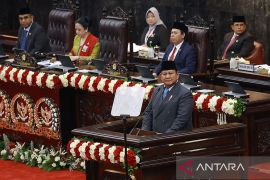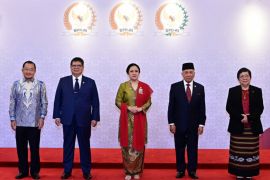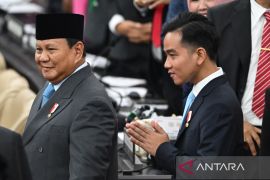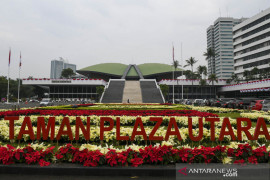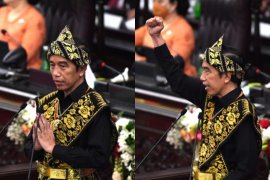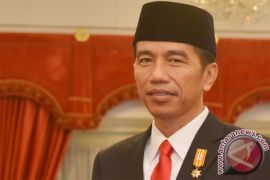"In 2009, the poverty rate reached 14 percent of the total population or 32 million people were under the poverty line. In March 2014, the poverty rate declined to 11 percent or some 28 million people," the head of state remarked before the joint session of the House of Representatives (DPR) and the Regional Representative Council (DPD) here on Friday.
Despite the decline in poverty rate, the government is not satisfied and is striving to achieve zero poverty, he emphasized.
He also noted that the effectiveness of development was not merely measured by poverty reduction but also by the growth of the middle class.
"Actually, the government has so far pursued double objectives, systematic and significant reduction of poverty rate, and at the same time, improvement of public welfare and the middle class," he stated.
In the 21st century, Indonesias progress was not measured by the number of conglomerates but by the growing middle class population.
When the number of middle class increased, it automatically meant that the poverty rate declined because some poor people managed to improve their welfare and joined the middle class group, he explained.
"Agricultural workers have become land owners, employees have become managers, and poor people have become businessmen, lecturers, or officials," he cited as examples.
(f001/INE)
EDITED BY INE
(T.SYS/A/KR-BSR/F001)
Editor: Aditia Maruli Radja
Copyright © ANTARA 2014
